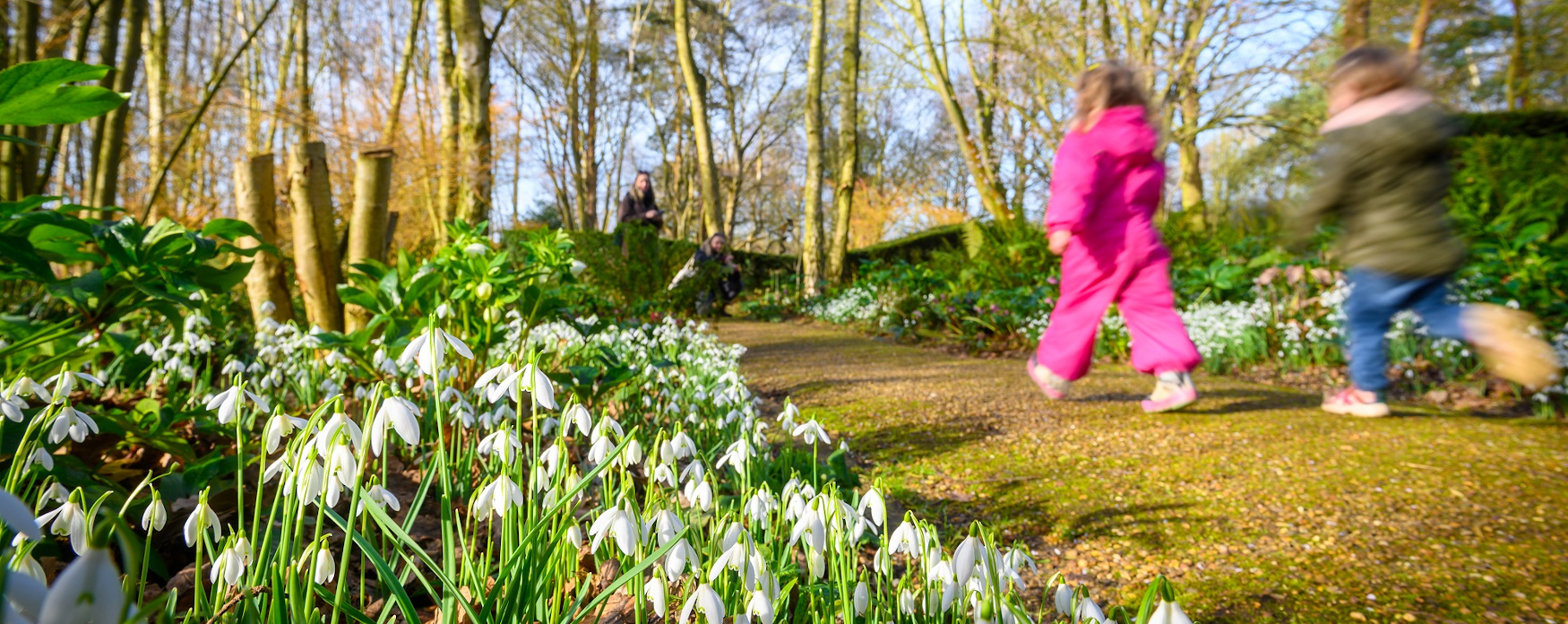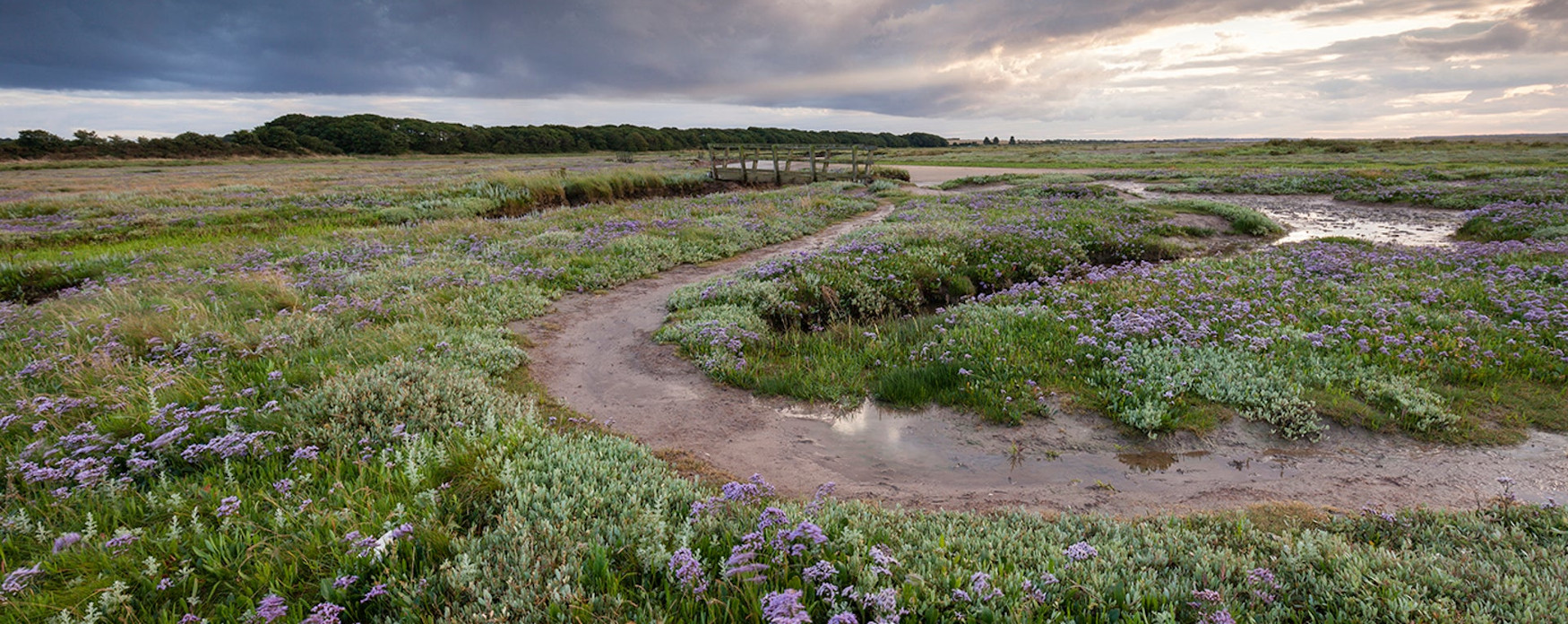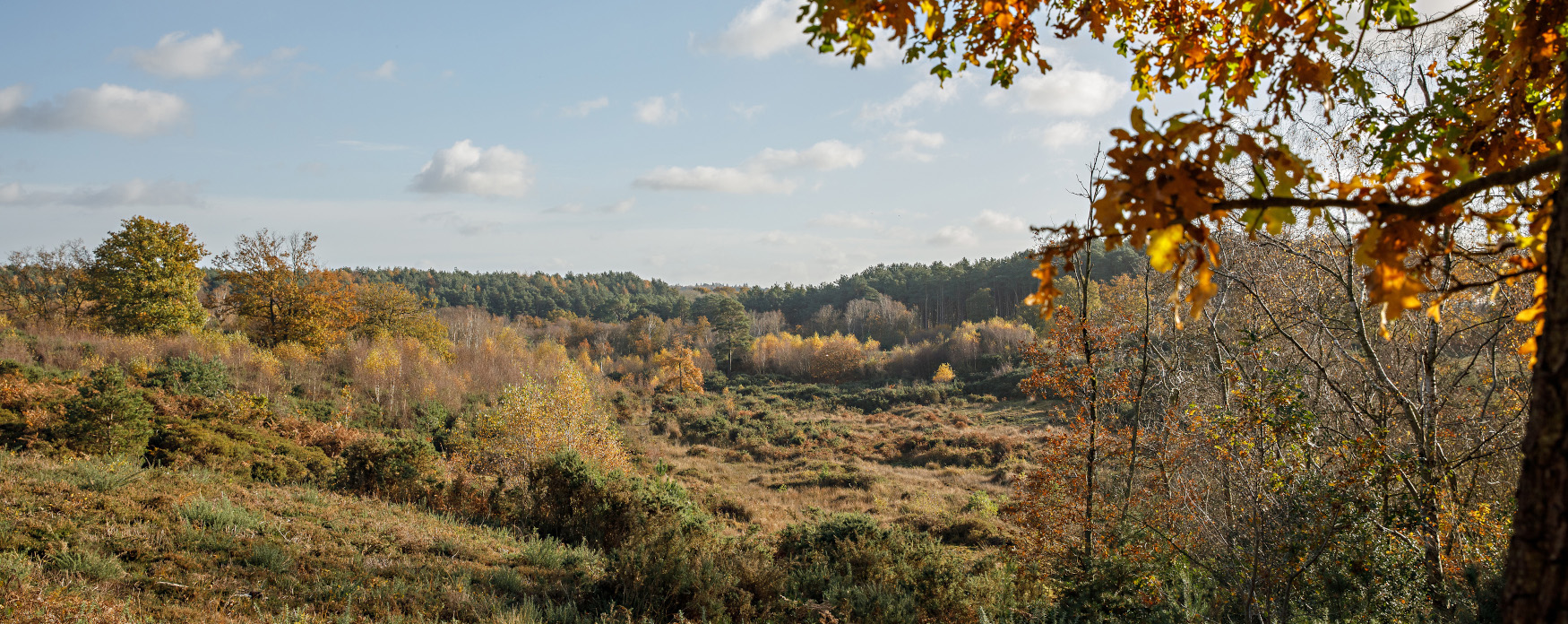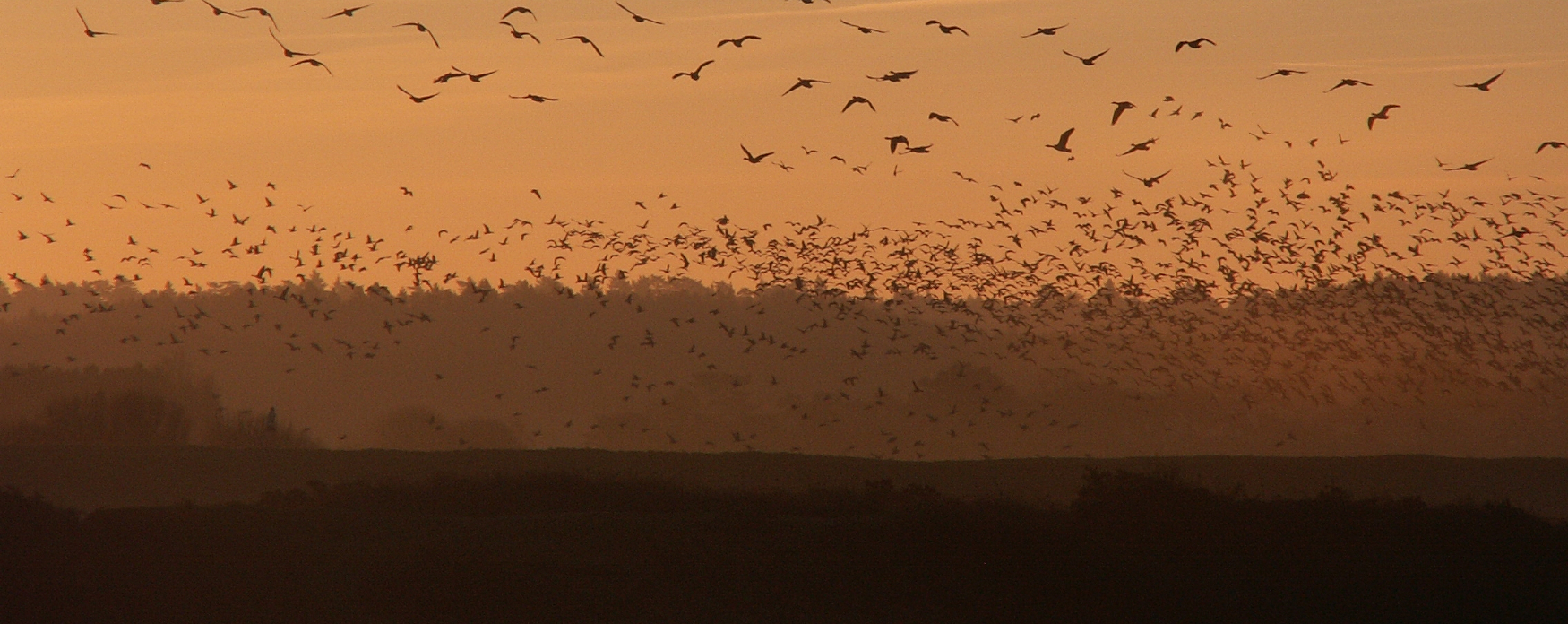There is nowhere like north Norfolk to experience the natural world. Famous for its seal colonies, unique birdwatching, fields full of Norfolk poppies, gardens and parks, fantastic nature reserves, the Broads National Park and wonderful walks and woods, exploring natural north Norfolk is a real delight.
North Norfolk has such a varierty of wildlife habitats. The ancient woodlands, chalk rivers, fens, broads, farmland, heathland, marshes, wetland and sandy beaches means the area is home to many fish, birds and mammals.
.jpg)
Set in an Area of Outstanding Natural Beauty, a protected landscape covering 450 km² of coastal and agricultural land, the stunning north Norfolk landscape and flora changes throughout the season making each visit special.
.jpeg)
Unique to Norfolk is the Broads National Park, home to over a quarter of the rarest plants and animals in the UK and is Britain's largest protected wetland. With its many nature reserves, the Broads is an excellent place for birdwatching. There are 230 nationally important invertebrates in the Broads, such as beetles and moths including the Fenn's Waistcoat and reed leopard, and enjoy the darts of colour of dragonflies and damselflies.
.JPG)
Also unique to north Norfolk is ‘Britain’s Great Barrier Reef’, the Cromer Shoals Chalk Bed on the Deep History Coast. Created in the Mesozoic Era when dinosaurs roamed, it is the longest chalk bed in the world at 20 miles long and you can see it by swimming out and snorkelling. Marine life is abundant with over 30 species of sea slug, shoaling fish, blue mussel beds, harbour porpoises, seals and occasional sightings of basking sharks. The purple sponge was found here, a species new to science discovered in 2011.
.jpg)
Nature & Wildlife By Seasons
The changing seasons bring different visiting animal and bird life, making natural north Norfolk, a magnificent place to visit all year round.
Spring in north Norfolk sees carpets of snowbells and bluebells especially at Walsingham Abbey, Pensthorpe Natural Park and Sheringham Park. Take a trip to one of the Norfolk Wildlife Trust’s ancient woodland nature reserves where you will be treated to the spectacular sight of colourful wildflowers including the amazing carpets of bluebells. Keep an eye out for brown hares in fields of spring wheat and barley, heathlands and coastal marshes.

Summer brings dancing dragonflies and clouds of male silver-studded blues flying over heather. Warmer weather sees the famous Norfolk poppies come into flower as well as saltmarsh sea lavenders which turns stretches of the north Norfolk coast a shade of delicate scented purple.

In Autumn, you may catch sight of otters, often spotted at dawn and dusk along the Broads or at NWT Ranworth. Wandering through the woods is a treat with the stunning array of colours as leaves begin to turn from their summer green and sweet chestnuts and conkers start appearing on branches. NWT Holme Dunes nature reserve is a good place to see butterflies before they hibernate, such as small coppers, brown graylings and mottled greys.

Winter is wonderful for wildlife! One of the most impressive spectacles is large skeins of pink-footed geese. Over a third of the world's population of this species migrate to Norfolk for winter, mainly in January and February. Roosting together at night, the geese are very noisy and their dawn and dusk flights to inland feeding areas, are an amazing wildlife sight best seen at NWT Holme Dunes, NWT Cley Marshes and RSPB Titchwell. Winter is also when the seal colonies are well worth a visit. Snowdrops also make an appearance from late January and there are plenty of places to see this amazing sight. Find out more here.

Taking a boat trip is the safest and best way to see the unique north Norfolk seal colonies. Blakeney Point is home to Common and Grey seals and is one of the biggest colonies in winter in England, with around 2500 pups. Grey seals have their young, born with white coats and large black eyes, between November and January and common seals have their pups between June and August. Boat trips go from Morston Quay and Blakeney harbour or take a ride on The Wash Monster amphibious boats, from Hunstanton. Often you can see seals bobbing around and basking in the sun in Wells harbour and Sea Palling or on the sandbanks at Holkham.
1750x696.jpg)
Whatever time of year you visit north Norfolk, the nature and wildlife experienced in each season is truly fascinating.

